Monecky - Grandes Sonhos


More Posts from Monecky and Others
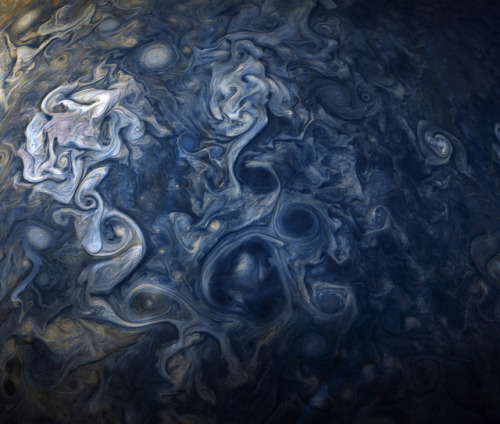
I’ve got the #Jupiter blues. See Jovian clouds in striking shades of blue in this new color-enhanced image.
Image Credits: NASA/JPL-Caltech/SwRI/MSSS/Gerald Eichstädt/ Seán Doran

A Cup of Jove. Jupiter cloud formations resemble cream swirling in coffee in this new view taken by NASA’s Juno spacecraft.


canon
foto:minha
lua
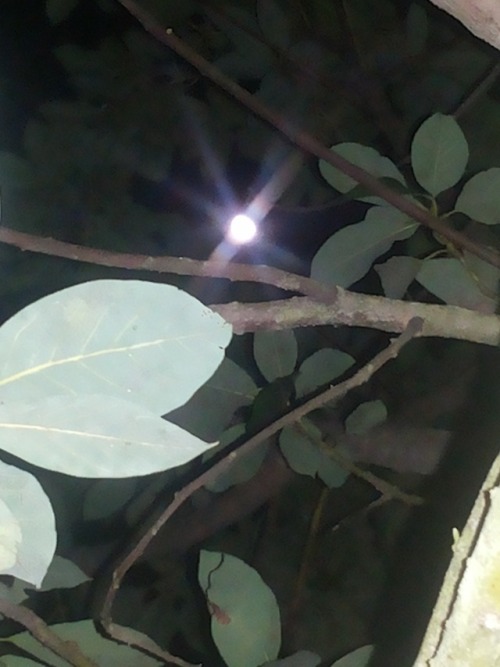
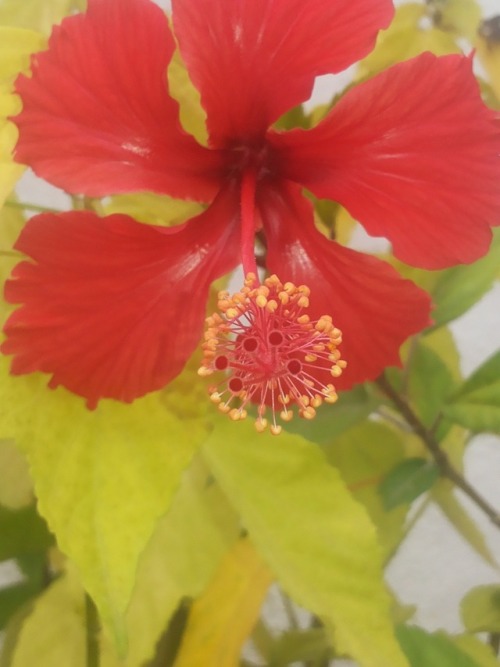
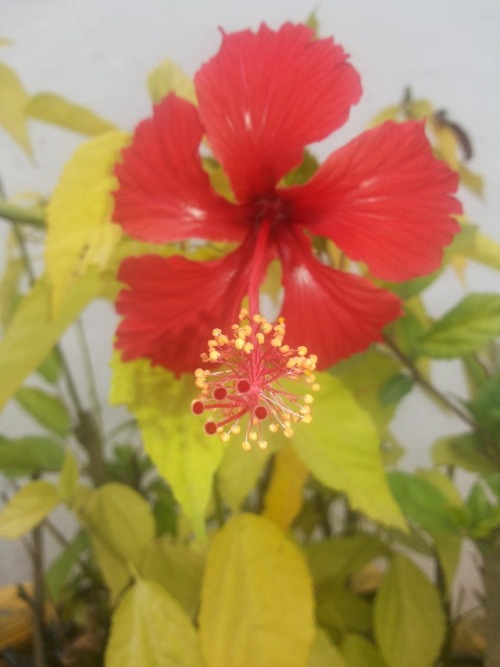
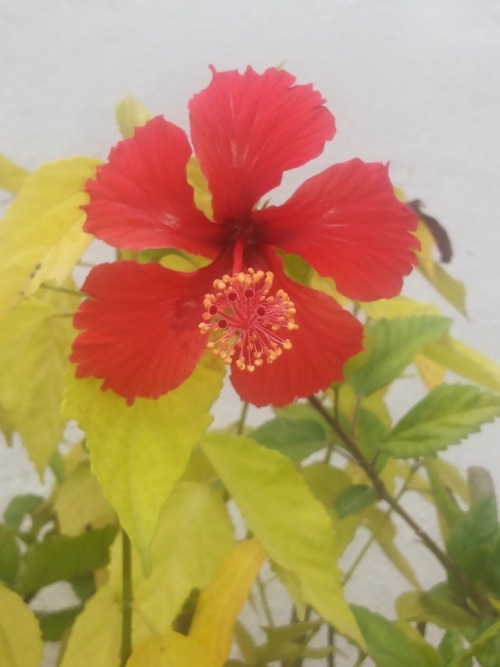
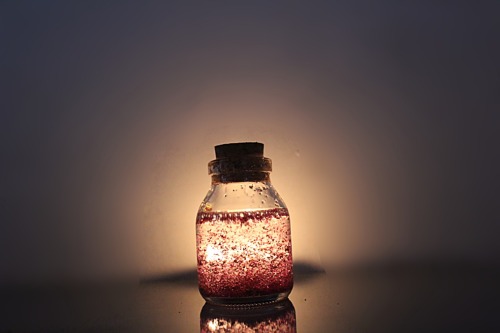
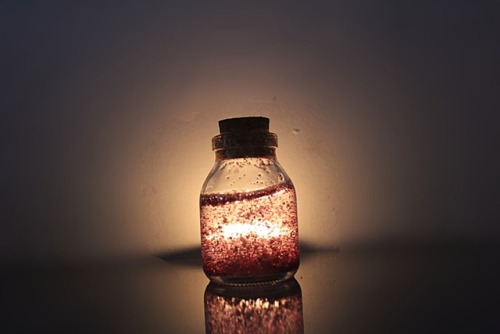

High Above the Jovian Clouds: This image of colorful, turbulent clouds in Jupiter’s northern hemisphere was captured during my latest flyby of the gas giant planet.










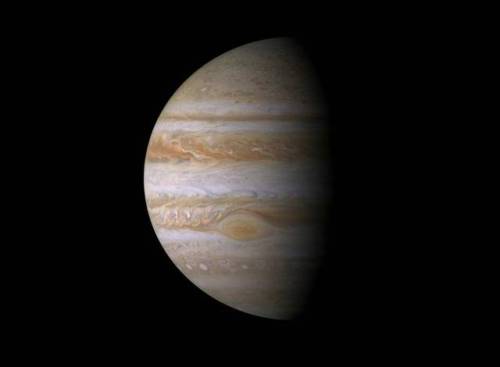
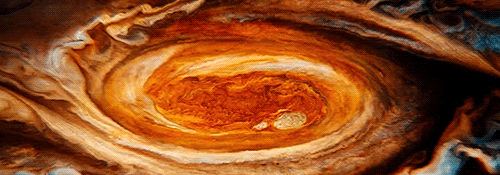
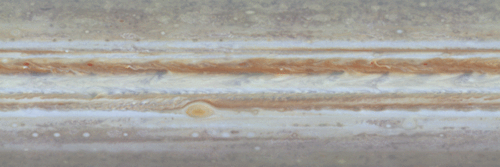
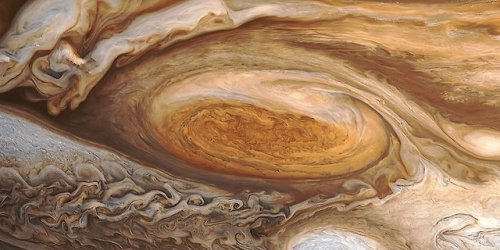
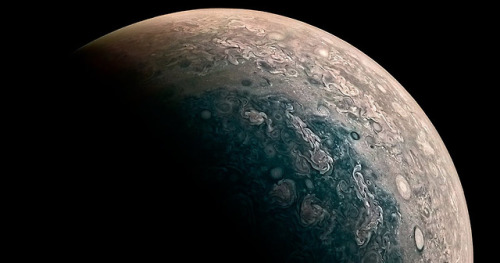
Jupiter is perpetually covered with clouds composed of ammonia crystals and possibly ammonium hydrosulfide. The clouds are located in the tropopause and are arranged into bands of different latitudes, known as tropical regions. These are sub-divided into lighter-hued zones and darker belts. The interactions of these conflicting circulation patterns cause storms and turbulence. Wind speeds of 100 m/s (360 km/h) are common in zonal jets. The zones have been observed to vary in width, color and intensity from year to year, but they have remained sufficiently stable for scientists to give them identifying designations.
The cloud layer is only about 50 km (31 mi) deep, and consists of at least two decks of clouds: a thick lower deck and a thin clearer region. There may also be a thin layer of water clouds underlying the ammonia layer. Supporting the idea of water clouds are the flashes of lightning detected in the atmosphere of Jupiter. These electrical discharges can be up to a thousand times as powerful as lightning on Earth. The water clouds are assumed to generate thunderstorms in the same way as terrestrial thunderstorms, driven by the heat rising from the interior.
source

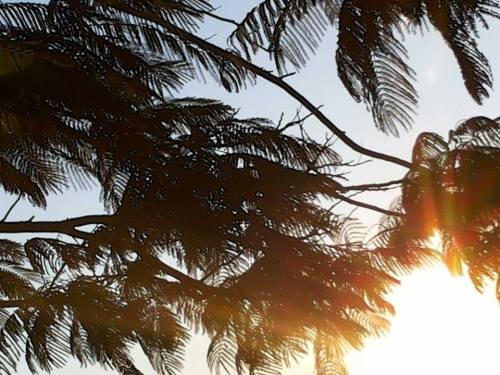
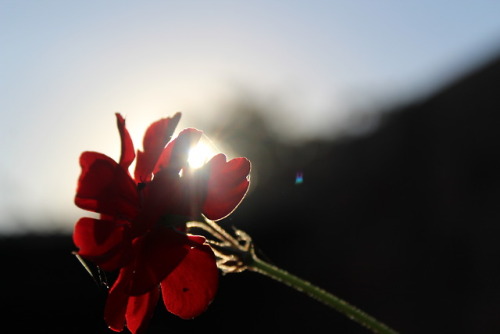
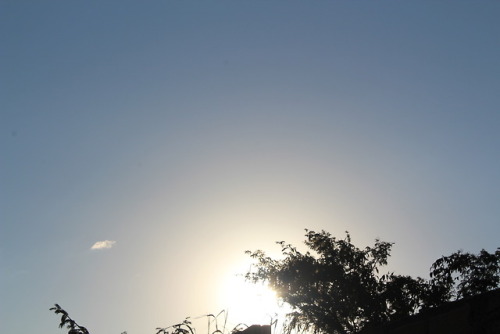
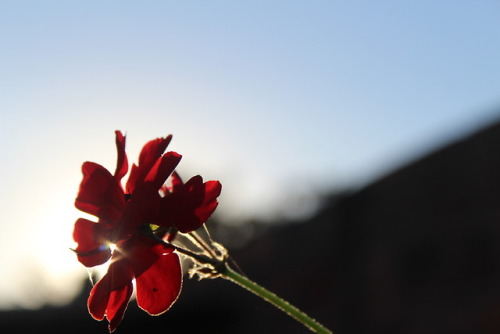
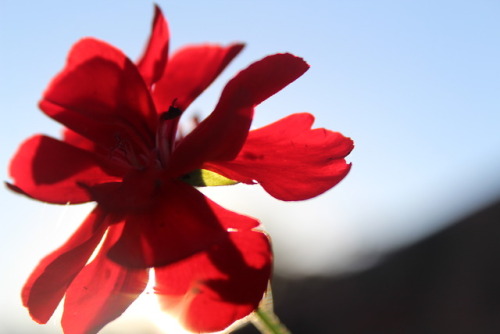
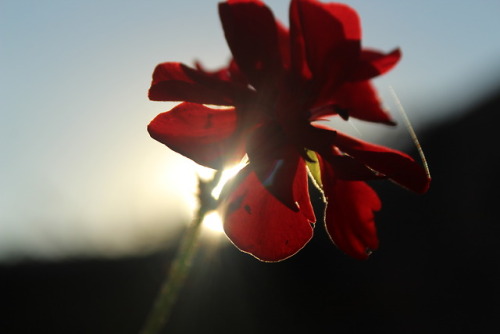
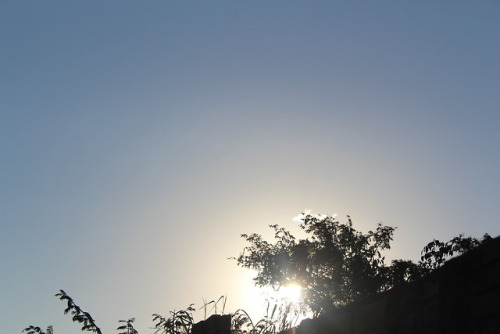
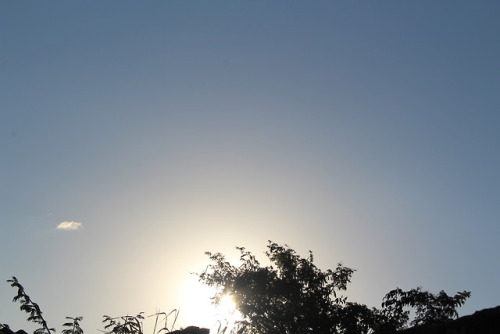
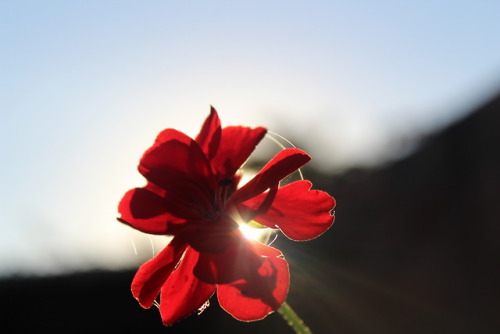
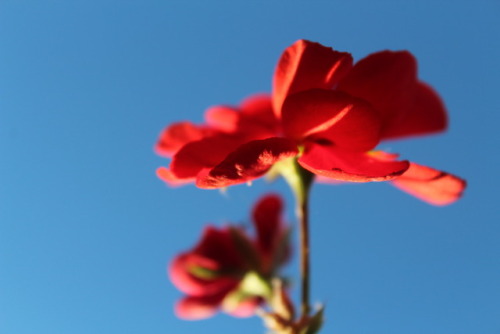
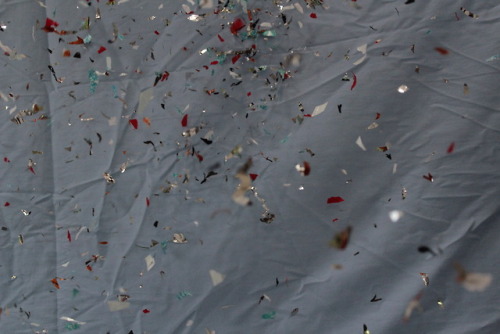
-
 allthebeautifulthings28 liked this · 1 month ago
allthebeautifulthings28 liked this · 1 month ago -
 arbiteraequissimus liked this · 2 months ago
arbiteraequissimus liked this · 2 months ago -
 arbiteraequissimus reblogged this · 2 months ago
arbiteraequissimus reblogged this · 2 months ago -
 laurenttheninth reblogged this · 6 months ago
laurenttheninth reblogged this · 6 months ago -
 crotchety-old-emu reblogged this · 6 months ago
crotchety-old-emu reblogged this · 6 months ago -
 literallytryingmybestbutok liked this · 6 months ago
literallytryingmybestbutok liked this · 6 months ago -
 thatonedudeiguess liked this · 6 months ago
thatonedudeiguess liked this · 6 months ago -
 crotchety-old-emu liked this · 6 months ago
crotchety-old-emu liked this · 6 months ago -
 morose-fan reblogged this · 6 months ago
morose-fan reblogged this · 6 months ago -
 griffnrex reblogged this · 6 months ago
griffnrex reblogged this · 6 months ago -
 cap1412-assistant liked this · 6 months ago
cap1412-assistant liked this · 6 months ago -
 waywardmagazinecowboy liked this · 6 months ago
waywardmagazinecowboy liked this · 6 months ago -
 kejfeblintz liked this · 6 months ago
kejfeblintz liked this · 6 months ago -
 sadbibuck liked this · 6 months ago
sadbibuck liked this · 6 months ago -
 alynfinity liked this · 6 months ago
alynfinity liked this · 6 months ago -
 morose-fan liked this · 6 months ago
morose-fan liked this · 6 months ago -
 daesmilewings reblogged this · 6 months ago
daesmilewings reblogged this · 6 months ago -
 eddieydewr reblogged this · 6 months ago
eddieydewr reblogged this · 6 months ago -
 eddieydewr liked this · 6 months ago
eddieydewr liked this · 6 months ago -
 steadfastsaturnsrings liked this · 6 months ago
steadfastsaturnsrings liked this · 6 months ago -
 singitforthegirls liked this · 6 months ago
singitforthegirls liked this · 6 months ago -
 spotsandsocks reblogged this · 6 months ago
spotsandsocks reblogged this · 6 months ago -
 much-less-obsessed00 reblogged this · 6 months ago
much-less-obsessed00 reblogged this · 6 months ago -
 whoopsiforgotmypassword liked this · 6 months ago
whoopsiforgotmypassword liked this · 6 months ago -
 edmundothediaz liked this · 6 months ago
edmundothediaz liked this · 6 months ago -
 theautumnbard reblogged this · 6 months ago
theautumnbard reblogged this · 6 months ago -
 theautumnbard liked this · 6 months ago
theautumnbard liked this · 6 months ago -
 ethicallysourcedbuddie liked this · 6 months ago
ethicallysourcedbuddie liked this · 6 months ago -
 inell reblogged this · 6 months ago
inell reblogged this · 6 months ago -
 inell liked this · 6 months ago
inell liked this · 6 months ago -
 maltese-falcon reblogged this · 6 months ago
maltese-falcon reblogged this · 6 months ago -
 maltese-falcon liked this · 6 months ago
maltese-falcon liked this · 6 months ago -
 transbuckbuckley reblogged this · 6 months ago
transbuckbuckley reblogged this · 6 months ago -
 eddiepriestfuckingdiaz liked this · 6 months ago
eddiepriestfuckingdiaz liked this · 6 months ago -
 icebergeddie liked this · 6 months ago
icebergeddie liked this · 6 months ago -
 funfactbuck reblogged this · 6 months ago
funfactbuck reblogged this · 6 months ago -
 bibvck reblogged this · 6 months ago
bibvck reblogged this · 6 months ago -
 tvfangirladdict liked this · 7 months ago
tvfangirladdict liked this · 7 months ago -
 cheesybadgers liked this · 7 months ago
cheesybadgers liked this · 7 months ago -
 cheesybadgers reblogged this · 7 months ago
cheesybadgers reblogged this · 7 months ago -
 thebuddiearchives reblogged this · 7 months ago
thebuddiearchives reblogged this · 7 months ago -
 paranoid007 liked this · 9 months ago
paranoid007 liked this · 9 months ago -
 memoriesofjuan liked this · 9 months ago
memoriesofjuan liked this · 9 months ago -
 heartbreakprincipe reblogged this · 9 months ago
heartbreakprincipe reblogged this · 9 months ago -
 thepriceisright12 liked this · 11 months ago
thepriceisright12 liked this · 11 months ago -
 uwant081 liked this · 1 year ago
uwant081 liked this · 1 year ago -
 ekkuz liked this · 1 year ago
ekkuz liked this · 1 year ago -
 limitedanomalies reblogged this · 1 year ago
limitedanomalies reblogged this · 1 year ago -
 kanik-arson liked this · 2 years ago
kanik-arson liked this · 2 years ago